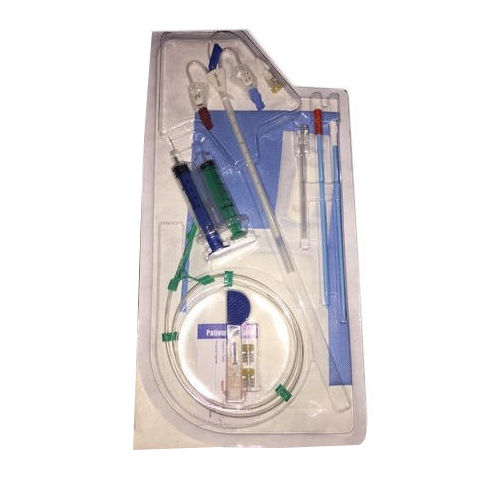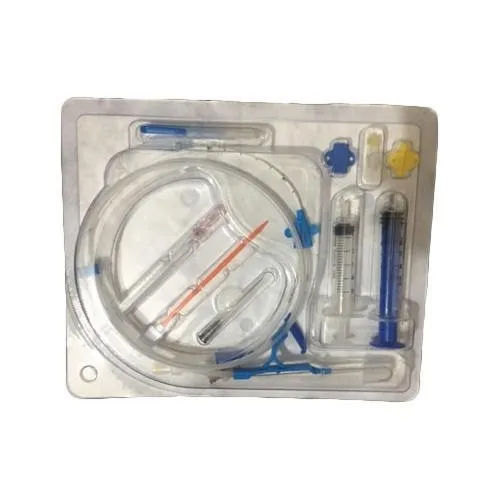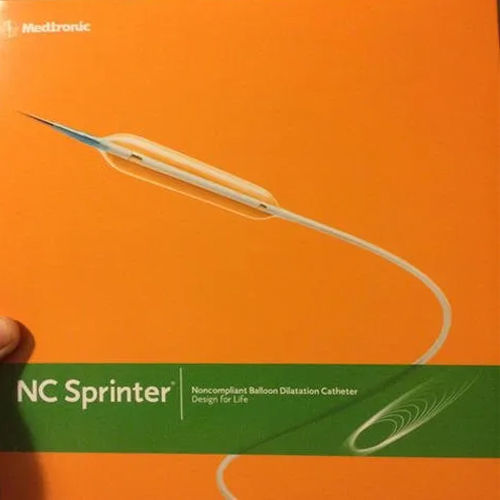110cm Diagnostic Catheter
Product Details:
- Equipment Type Diagnostic Catheter
- Material Plastic
- Use Hospital
- Power Source Electric
- Color Blue
- Click to View more
110cm Diagnostic Catheter Price And Quantity
- 1050 INR/Piece
- 50 Piece
110cm Diagnostic Catheter Product Specifications
- Diagnostic Catheter
- Hospital
- Electric
- Blue
- Plastic
110cm Diagnostic Catheter Trade Information
- 10000 Piece Per Week
- 4 Days
Product Description
Radiopaque tip based 110cm Diagnostic Catheter promotes easy visualization of inserted body part during X ray imaging procedure. Its flexible wire shaft based design promotes its easy maneuverability in patients body. Multiple lumen based design of this catheter enables medical personnel to take different therapeutic actions at the same time. Special design of its sheath promotes its improved range of motion without affecting the safety of patient. Available in different sizes, offered 110cm Diagnostic Catheter is meant for long time application purpose. Blue in color, this catheter is offered in sterilized form.
Product details
|
Packaging Type |
Packet |
|
Size/Dimension |
4F-5F |
|
Length |
110 cm |
|
Is It Sterilized |
Sterilized |
|
Material |
Plastic |
|
Brand |
Cordis |
Frequently Asked Questions
Q: A diagnostic catheter is what?
A: A diagnostic catheter is a medical tool used to access various body areas, such as the heart or blood vessels, in order to diagnose or cure illnesses. It is placed into the body through a minor incision or a natural bodily opening and is a flexible tube, usually composed of plastic or rubber.
Q: What does a 110-cm diagnostic catheter measure in length?
A: A 110cm diagnostic catheter is one that has a catheter shaft that is 43 inches long, or 110 centimetres in length. Depending on the manufacturer and exact model, the length may vary slightly.
Q: What is a 110cm diagnostic catheter used for?
A: A diagnostic catheter's main function is to grant access to particular bodily parts for diagnostic treatments. For diagnostic imaging procedures like angiography, which involves injecting a contrast agent into blood vessels to view their anatomy and find any anomalies, a 110cm catheter may be used.
Q: What distinguishing qualities does a diagnostic catheter have?
A: A flexible and smooth shaft is a common feature of diagnostic catheters to make it simple to navigate the body's blood channels. They could have a few side holes or only one distal opening for the injection of contrast. Diagnostic catheters are frequently radiopaque, so they may be seen on an X-ray or fluoroscopy.
Q: 110cm diagnostic catheter is placed in what manner?
A: A qualified healthcare expert usually inserts a diagnostic catheter. A guiding wire is used to guide the catheter via a small incision or a natural body opening, such as a blood vessel or the urethra. The healthcare professional directs the catheter to the target spot using imaging methods like fluoroscopy or ultrasound.







